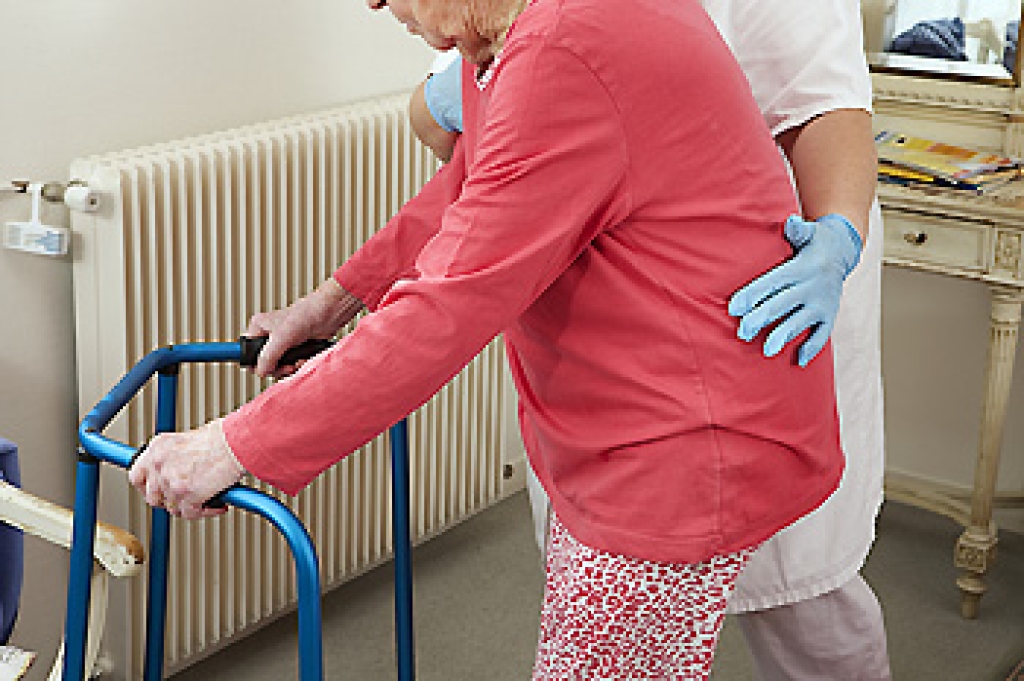
Falls in seniors often start with problems in the feet, toes, or ankles that make walking less steady. Painful joints, reduced range of motion, or stiffness in the ankles can change gait and slow reaction time when stepping on uneven ground. Thickened toenails, numbness, or deformities like hammertoes can affect balance. Additionally, wearing shoes with inadequate support or worn-out flip-flops make slips more likely. Weak muscles in the lower legs or arthritis in the foot joints can cause a shuffling stride, which increases the chance of tripping. Previous injuries, swelling, or poor circulation can also interfere with safe movement, adding to the risk of fractures if bones are fragile. A podiatrist can evaluate the feet, correct gait problems, and recommend proper footwear to improve stability. For help in preventing falls or to address any existing foot problems, it is suggested that you schedule an appointment with a podiatrist for a diagnosis and appropriate treatment.
Preventing falls among the elderly is very important. If you are older and have fallen or fear that you are prone to falling, consult with our podiatrists from Superior Foot & Ankle Center. Our doctors will assess your condition and provide you with quality advice and care.
Every 11 seconds, an elderly American is being treated in an emergency room for a fall related injury. Falls are the leading cause of head and hip injuries for those 65 and older. Due to decreases in strength, balance, senses, and lack of awareness, elderly persons are very susceptible to falling. Thankfully, there are a number of things older persons can do to prevent falls.
How to Prevent Falls
Some effective methods that older persons can do to prevent falls include:
- Enrolling in strength and balance exercise program to increase balance and strength
- Periodically having your sight and hearing checked
- Discuss any medications you have with a doctor to see if it increases the risk of falling
- Clearing the house of falling hazards and installing devices like grab bars and railings
- Utilizing a walker or cane
- Wearing shoes that provide good support and cushioning
- Talking to family members about falling and increasing awareness
Falling can be a traumatic and embarrassing experience for elderly persons; this can make them less willing to leave the house, and less willing to talk to someone about their fears of falling. Doing such things, however, will increase the likelihood of tripping or losing one’s balance. Knowing the causes of falling and how to prevent them is the best way to mitigate the risk of serious injury.
If you have any questions, please feel free to contact our office located in Long Beach, CA . We offer the newest diagnostic and treatment technologies for all your foot care needs.




